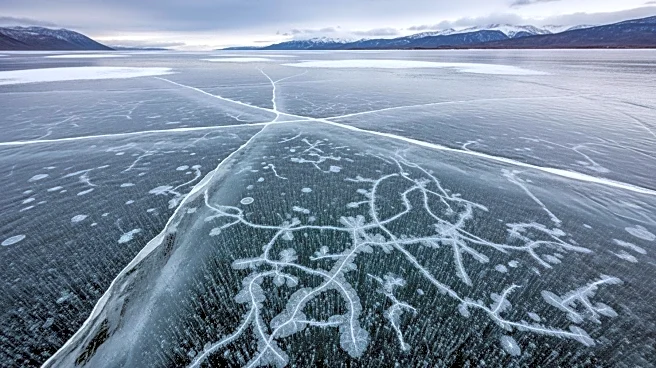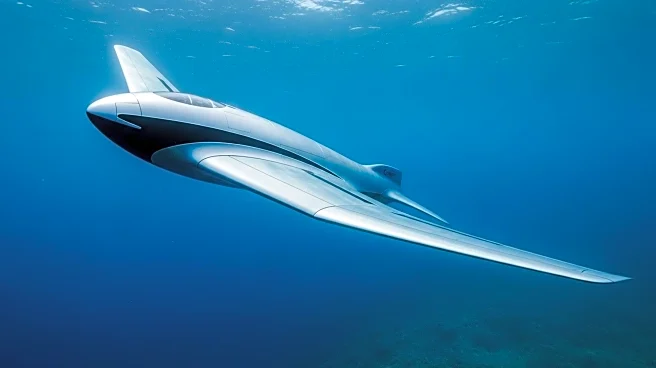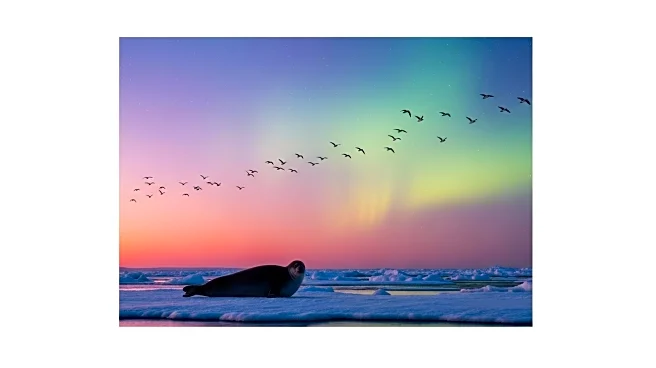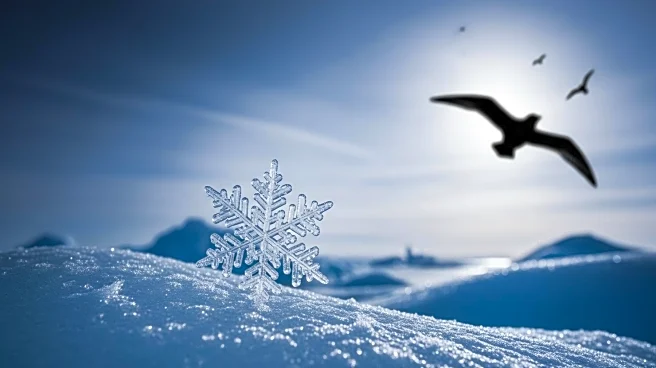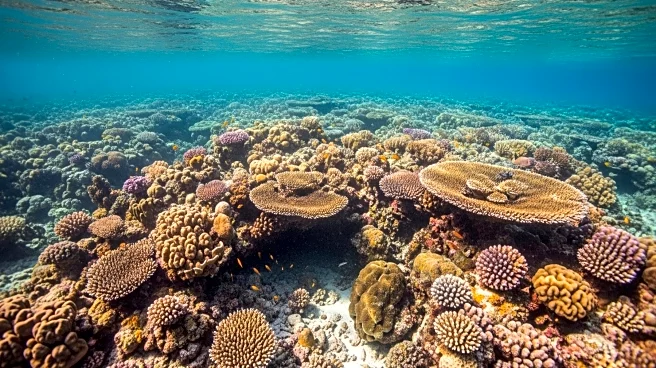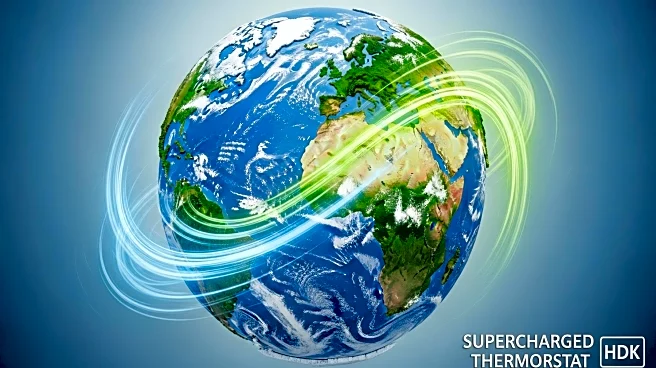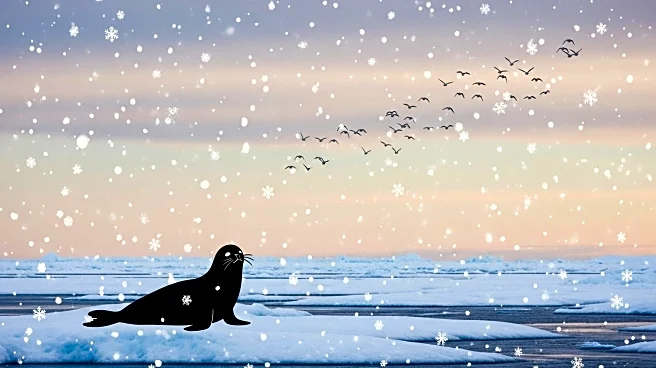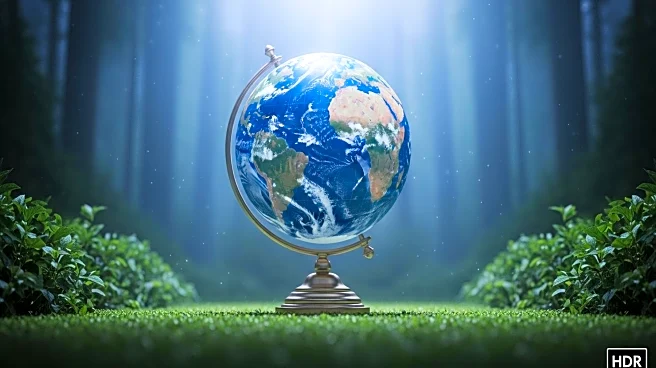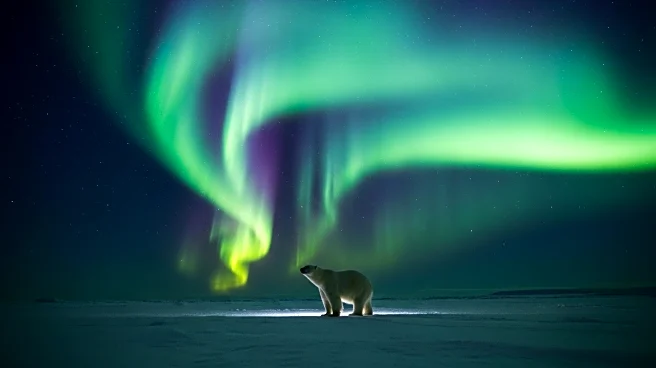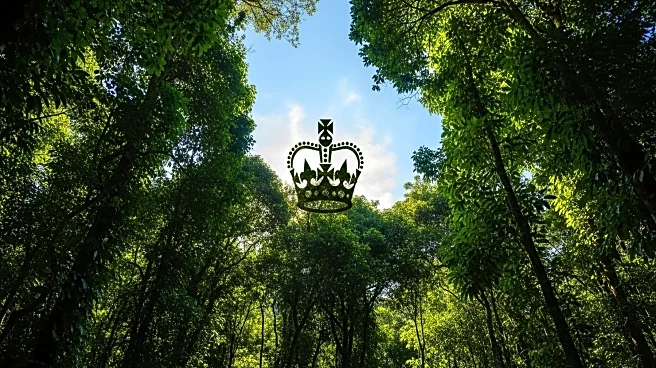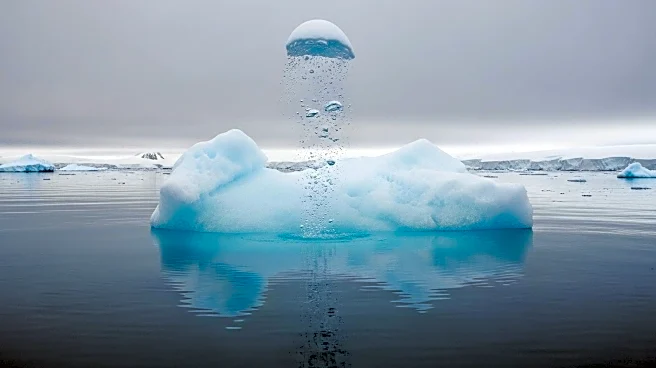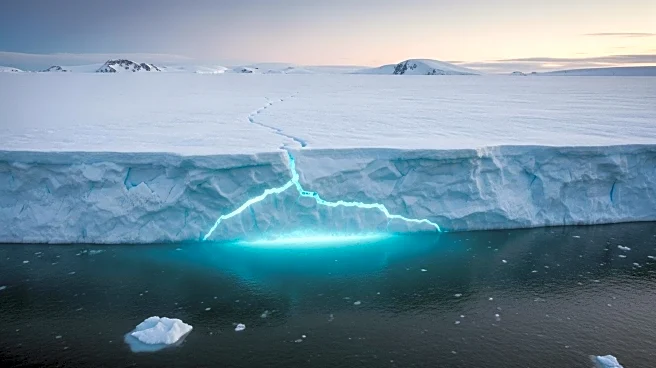What is the story about?
What's Happening?
Researchers have successfully revived ancient microbes from the Alaskan permafrost, which have been trapped for 40,000 years. The study, conducted by microbiologist Tristan Caro and his team at the University of Colorado Boulder, involved incubating these microbes at temperatures simulating an Alaskan summer under climate change conditions. Initially, the microbes grew slowly, but after six months, they began to actively consume organic matter, releasing carbon dioxide and methane. This research highlights the potential for thawing permafrost to release significant amounts of greenhouse gases, contributing to climate change.
Why It's Important?
The revival of these ancient microbes underscores the potential environmental impact of thawing permafrost. As global temperatures rise, the permafrost in the Arctic is melting, releasing stored greenhouse gases. This process could accelerate climate change, creating a feedback loop where increased emissions lead to further warming and more permafrost melt. The study provides crucial insights into how these microbial activities might affect the ecology of Arctic regions and the global climate. Stakeholders in environmental policy and climate science must consider these findings in their efforts to mitigate climate change.
What's Next?
The research suggests that longer and warmer Arctic summers could increase the risk of emissions from thawing permafrost. Scientists and policymakers may need to focus on monitoring these regions more closely to predict and manage potential climate impacts. Further studies could explore the extent of microbial activity in deeper permafrost layers and its implications for global warming. Additionally, international cooperation may be necessary to address the broader environmental challenges posed by these findings.
Beyond the Headlines
The ethical and cultural dimensions of this research involve the responsibility to address climate change proactively. The study raises questions about humanity's role in altering natural processes and the potential consequences of these changes. Long-term shifts in climate patterns could affect indigenous communities in the Arctic, who rely on stable environmental conditions for their livelihoods.
AI Generated Content
Do you find this article useful?
